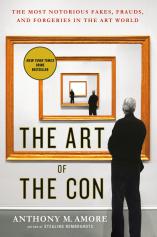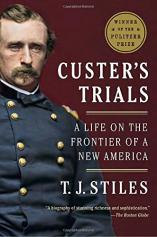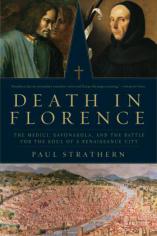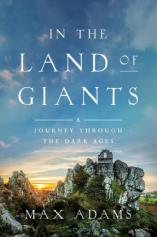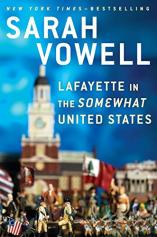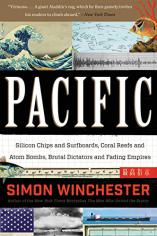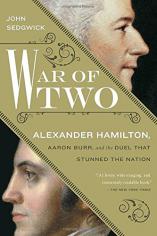October 2016
History Books Roundup: Reliving the Past
October 2016
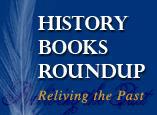
October's roundup of History titles includes Beth Macy's TRUEVINE, the true story of two African-American brothers who were kidnapped and displayed as circus freaks, and whose mother endured a 28-year struggle to get them back; INDESTRUCTIBLE by John R. Bruning, the remarkable World World II story of a renegade American pilot who fights against all odds to rescue his family --- imprisoned by the Japanese --- and revolutionizes modern warfare along the way; BEATLES '66, Steve Turner's riveting look at the transformative year in the lives and careers of the legendary group whose groundbreaking legacy would forever change music and popular culture; and EINSTEIN'S GREATEST MISTAKE, an intimate biography from David Bodanis that touches on the romances and rivalries of the celebrated physicist, as much as on his scientific goals.







